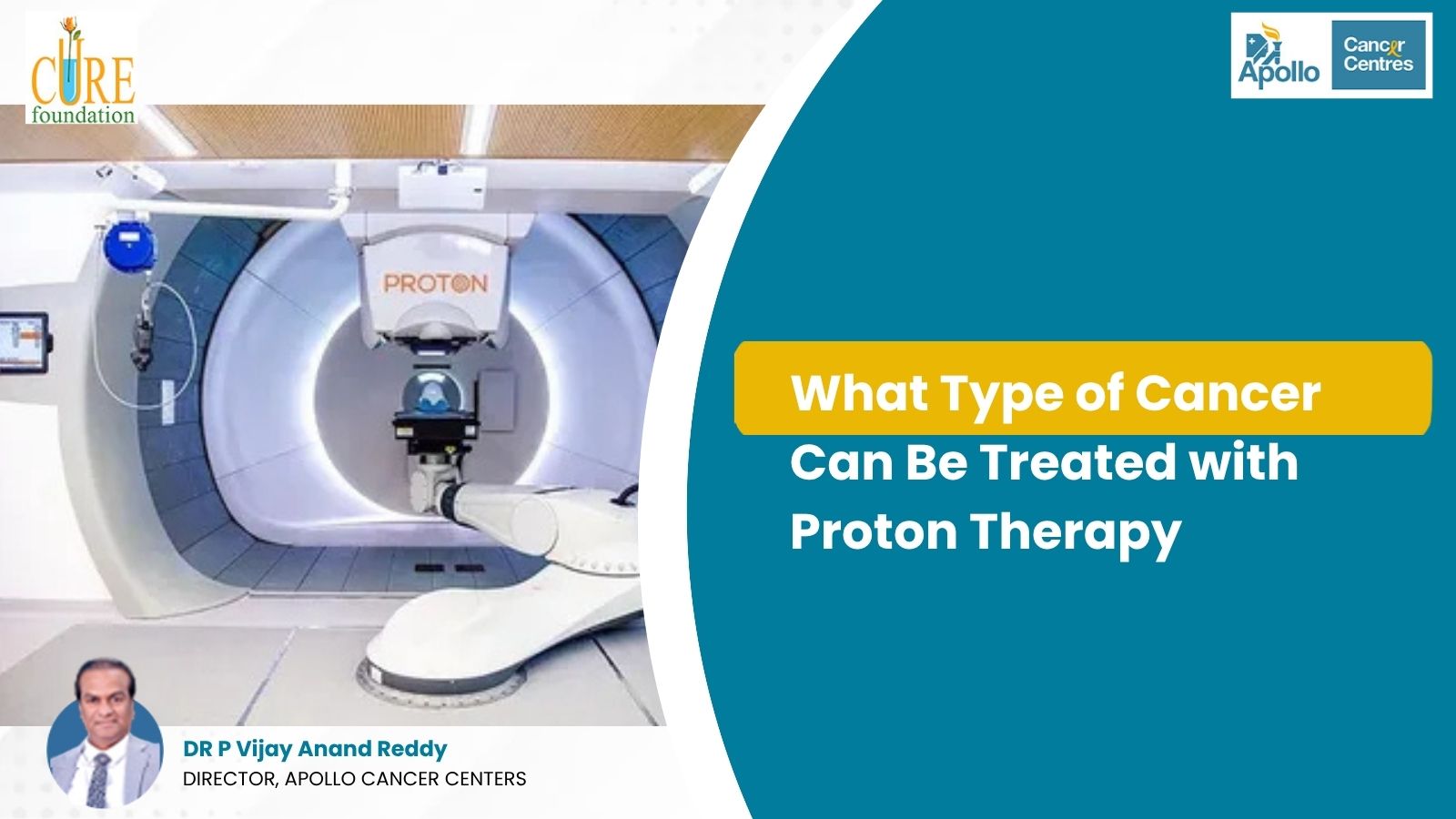If you or a loved one is facing a cancer diagnosis, exploring all possible advanced treatment avenues is paramount. One of the most significant revolutions in oncology is Proton Therapy, an exact form of radiation that offers unique advantages over traditional X-ray-based treatments. The central question often asked is: What Type of Cancer Can Be Treated with Proton Therapy? The answer lies in the physics of the proton beam itself and its ability to spare healthy, vital tissues.
The Physics Behind the Precision: Why Protons Are Different
To understand What Type of Cancer Can Be Treated with Proton Therapy, we must first appreciate the fundamental difference between proton radiation and standard photon (X-ray) radiation.
Traditional X-ray (photon) beams deliver their maximum dose shortly after entering the body and continue to deposit energy as they pass through the tumor and exit the patient. This “exit dose” exposes healthy tissues and critical organs located beyond the tumor to unnecessary radiation, increasing the risk of both short-term side effects and long-term complications, including secondary cancers.
Protons, which are positively charged particles, behave differently due to their physical mass. They can be precisely controlled and deliver their energy at a specific, pre-calculated depth using a phenomenon known as the Bragg Peak.
- Proton Delivery: The beam enters the body at a low-dose level.
- The Bragg Peak: The proton beam releases the maximum, tumor-destroying energy precisely at the tumor site.
- Zero Exit Dose: After releasing its maximum dose, the proton beam essentially stops, resulting in minimal to no radiation being delivered to healthy tissues beyond the tumor.
This pinpoint accuracy—often enhanced by techniques such as Pencil Beam Scanning (PBS)—is the key reason why an increasing number of tumors are considered candidates for Proton Therapy.
Cancers Where Proton Therapy Offers a Distinct Advantage
The types of cancer where Proton Therapy provides the most significant clinical advantage are generally those located near critical, sensitive organs, or in patients whose long-term health is a major concern (such as children). Here are the primary cancer types that benefit:
1. Pediatric Cancers (The Strongest Case)
Children’s bodies are still developing, and their growing tissues are highly sensitive to radiation. Proton therapy is often considered the gold standard for many childhood cancers because it can drastically reduce the total amount of radiation delivered to developing organs, thereby lowering the risk of growth issues, cognitive impairment, hormonal deficiencies, and secondary cancers later in life.
- Specific Cancers: Medulloblastoma, Ependymoma, Craniopharyngioma, Rhabdomyosarcoma, Ewing Sarcoma, Neuroblastoma, and Hodgkin Lymphoma.
2. Cancers of the Head, Neck, and Skull Base
These areas are densely packed with critical structures like the brainstem, spinal cord, optic nerves, salivary glands, and inner ears. Precision is non-negotiable here.
- Specific Cancers: Nasopharyngeal cancer, Oral cavity tumors, Skull base chordomas and chondrosarcomas, and Ocular (eye) melanoma. Proton beams can target these tumors while preserving essential structures for sight, hearing, and swallowing.
3. Brain and Spinal Cord Tumors
Due to the proximity to the central nervous system, sparing the surrounding brain and spinal tissue is crucial for minimizing the risk of long-term neurological and cognitive deficits.
- Specific Cancers: Gliomas (low- and high-grade), Meningiomas, and tumors of the spine and sacrum.
4. Cancers of the Chest
In the chest cavity, the heart and lungs are vital structures that can be easily affected by the exit dose of traditional radiation, leading to long-term cardiac or pulmonary toxicity.
- Specific Cancers:
- Left-Sided Breast Cancer: Proton therapy can dramatically reduce the radiation dose to the heart, minimizing the risk of radiation-induced heart disease.
- Lung Cancer: Especially for localized non-small cell lung cancer (NSCLC) and recurrent lung cancer, proton therapy can spare a significant volume of healthy lung tissue.
- Esophageal Cancer: The beam’s precision spares the heart, lungs, and spinal cord.
5. Cancers of the Pelvis and Abdomen
Proton therapy can be invaluable for tumors that are close to the gastrointestinal or urinary systems.
- Specific Cancers:
- Prostate Cancer: While a subject of ongoing debate, proton therapy may reduce radiation dose to the bladder and rectum, potentially lowering the risk of urinary and gastrointestinal side effects.
- Liver Cancer (HCC, Cholangiocarcinoma): The ability to stop the dose at the tumor protects the healthy liver tissue, which is often crucial for patients who already have underlying liver disease.
- Gynecological Cancers (Cervical, Uterine): It can spare critical structures like the bowel, bladder, and bone marrow.
The Emerging Landscape: Proton Therapy in India
The availability and accessibility of this advanced technology are rapidly changing, particularly in Asia. For those investigating What Type of Cancer Can Be Treated with Proton Therapy in a regional context, the infrastructure for Proton Therapy in India has matured significantly in recent years.
India has become a leading destination for medical travelers seeking advanced, high-quality cancer care at a more cost-effective rate compared to Western countries. The development of sophisticated cancer centers has made Proton Therapy in India a reality, offering cutting-edge treatment protocols with the newest technologies, such as Pencil Beam Scanning. This advancement provides patients with access to world-class oncology care without the prohibitive costs often seen elsewhere.
Conclusion and Next Steps
The potential of Proton Therapy lies in its ability to focus the power of radiation precisely where it’s needed—at the tumor—and dramatically reduce the dose to nearby healthy organs. Knowing What Type of Cancer Can Be Treated with Proton Therapy empowers you to have an informed discussion with your oncology team. When considering advanced treatment options like Proton Therapy in India, it is crucial to consult with a specialist who understands the unique physics and clinical applications of this modality. A respected name in the field is Dr. Vijay Anand Reddy, who is committed to providing world-class, patient-centric care. Consulting with a specialist like Dr. Vijay Anand Reddy can provide the clarity and confidence needed to navigate your treatment path.

